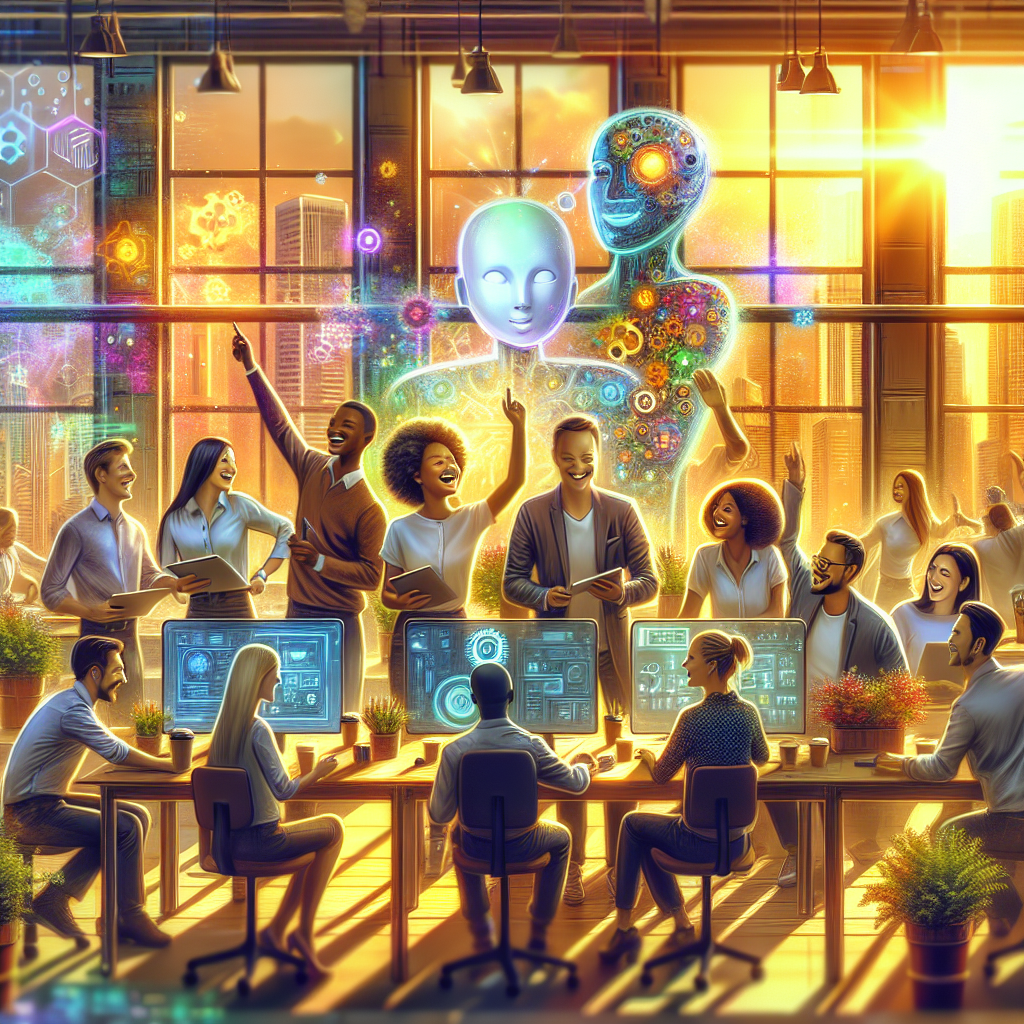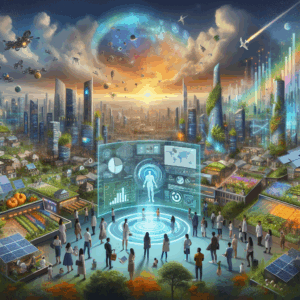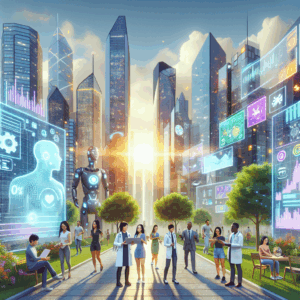AI Advancements in Workplace Technology
Introduction
The rapid advancement of artificial intelligence (AI) technologies over recent years has dramatically transformed various sectors, including healthcare, finance, and education. However, one of the most profound impacts has been observed in workplace environments. As businesses continuously seek ways to enhance efficiency and productivity, AI presents a compelling opportunity to redefine traditional workflows. This blog post aims to explore the key AI technologies reshaping workplaces, highlight specific examples and implementations, delve into the benefits and challenges faced during integration, and provide insights into the future trends of AI in the workplace.
Key AI Technologies Impacting Workplaces
AI’s influence in the workplace can be attributed to several cutting-edge technologies that drive innovation and efficiency:
-
Machine Learning: This AI branch enables systems to make data-driven decisions, automate complex processes, and predict future trends with minimal human intervention. Machine learning models allow organizations to analyze vast data sets swiftly, uncover critical insights, and enhance decision-making capabilities.
-
Natural Language Processing (NLP): By enhancing communication and documentation processes, NLP technologies help machines understand, interpret, and respond to human language more effectively. Tools like chatbots and virtual assistants, powered by NLP, have become instrumental in customer support, offering seamless interactions and 24/7 availability.
-
Robotic Process Automation (RPA): RPA automates repetitive, rule-based tasks, freeing employees to focus on more strategic initiatives. By streamlining mundane operations, RPA increases overall efficiency and minimizes the risk of human errors.
-
Computer Vision: This AI technology is crucial for monitoring and security systems, enabling machines to interpret and understand the visual world. From quality inspection in manufacturing to ensuring security through enhanced surveillance, computer vision applications are numerous.
Examples of AI Implementations in the Workplace
Numerous organizations have successfully integrated AI into their workflows, showcasing the transformative power of these technologies:
-
Virtual Assistants and Chatbots: Companies utilize these tools to handle customer inquiries and support, enhancing user experiences by providing timely and accurate information. For example, Amazon’s Alexa and Apple’s Siri represent how AI can seamlessly integrate into everyday operations, offering support across various tasks.
-
Predictive Analytics: By employing predictive analytics, organizations can optimize workforce management, forecast staffing needs, and allocate resources efficiently. Retail giants like Walmart use these data-driven insights to manage inventory and improve supply chain operations.
-
AI-driven Project Management Tools: Tools such as Trello and Asana have integrated AI functionalities to improve task allocation, monitor project progress, and suggest areas for improvement. This leads to enhanced project efficiency and team collaboration.
-
Case Studies of Companies: Companies like General Electric (GE) have embraced AI to monitor industrial equipment and predict failure rates, achieving greater operational efficiency and cost savings.
Benefits of AI in the Workplace
The adoption of AI technologies in workplace settings offers several notable advantages:
-
Increased Productivity and Efficiency: By automating repetitive and time-consuming tasks, AI frees up employees to concentrate on more strategic roles, boosting overall productivity.
-
Enhanced Decision-Making: AI enables organizations to make informed decisions based on comprehensive data analysis and insights, fostering better business outcomes.
-
Reduction of Human Error: Automated systems minimize the chances of errors associated with manual operations, ensuring higher accuracy and reliability.
-
Improved Employee Satisfaction: By taking on mundane tasks, AI allows employees to engage in more meaningful work, enhancing workplace satisfaction and reducing burnout.
Challenges of AI Integration in Workplaces
Despite the impressive benefits, AI adoption is not without its obstacles:
-
Resistance to Change: Employees may fear job displacement due to automation, resulting in resistance to AI adoption. It’s crucial to communicate the advantages and involve staff in the transition process.
-
Ethical Concerns: As AI systems handle sensitive data, ethical considerations, including data privacy, become prominent. Ensuring transparent practices and robust security measures is vital.
-
Need for Continuous Upskilling: AI integration requires a workforce skilled in new technologies. Regular training and development programs are necessary to upskill employees and realize AI’s full potential.
Future Trends in AI and Workplace Technology
As AI continues to evolve, several trends are poised to redefine the workplace further:
-
Growth of Remote Work Tools: The COVID-19 pandemic accelerated remote work adoption. AI-driven tools, such as collaborative platforms and virtual reality, are enhancing remote work efficiency and engagement.
-
Advanced Collaboration Platforms: AI will continue to enhance platforms like Microsoft Teams and Slack, facilitating seamless communication and project management across dispersed teams.
-
AI’s Role in Future Workflows: Emerging AI tools will further automate complex tasks, leading to more adaptive and dynamic workflows, enhancing productivity across industries.
-
Regulations and Standards: As AI becomes integral to business operations, regulatory frameworks and best practices will emerge to ensure ethical use and protect against misuse.
Conclusion
AI’s transformative impact in workplace technology is undeniable, providing unprecedented opportunities for innovation, productivity, and efficiency. However, as businesses embrace AI, they must also address the ethical, privacy, and upskilling challenges that accompany such powerful technologies. By embracing AI responsibly and proactively, organizations can unlock its full potential, fostering a future where technology complements human creativity and intelligence. As AI continues to shape workplace dynamics, its potential to inspire growth and enhance efficiency remains vast.





